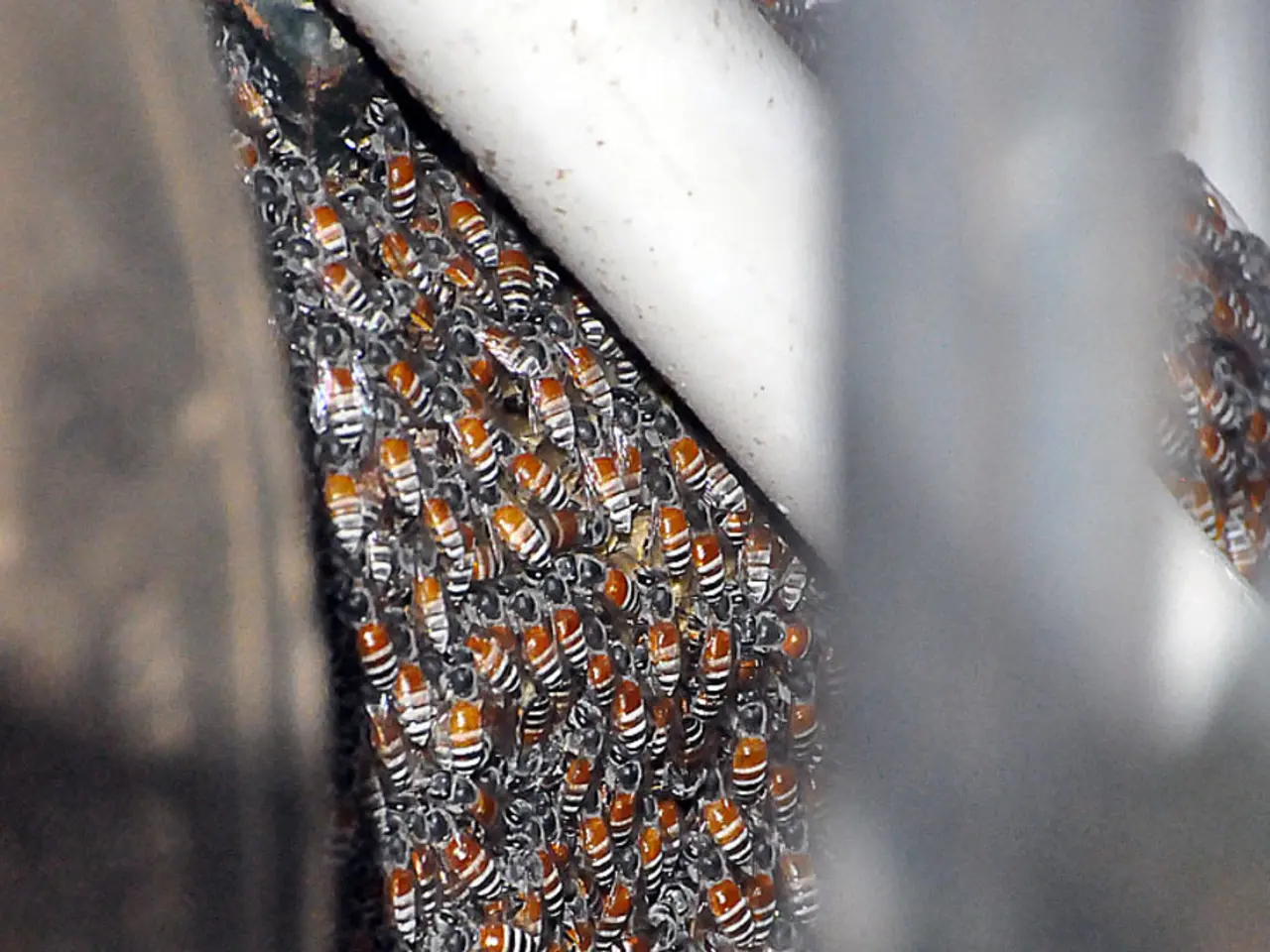Bee versus Wasp: Understanding the Distinctions
In the vibrant world of insects, two creatures stand out for their importance and often-misunderstood differences: bees and wasps. Despite belonging to the same order, Hymenoptera, these fascinating creatures are distinct in many ways.
Bees, generally more docile than their counterparts, are unlikely to sting unless provoked. They are usually brown or black with golden or orange tones, while wasps often exhibit bright yellow and black patterns or metallic hues. Bees have a rounded, robust body covered in fine hairs, contrasting with wasps' sleeker, more elongated bodies and narrow waists.
Bees primarily feed on nectar and pollen from flowers for energy and protein, while wasps are omnivores and often prey on other insects. This dietary distinction plays a significant role in their respective roles in our ecosystem.
Bees, as primary pollinators, are incredibly efficient at transferring pollen between flowers, thanks to their fuzzy bodies and specific adaptations. Their economic impact extends beyond agriculture, as honey production is a significant industry in many regions, contributing to both food production and local economies.
On the other hand, wasps play an essential role in pest control due to their predatory habits, helping regulate pest populations naturally. They also indirectly contribute to agriculture by preying on crop-damaging pests, reducing the need for chemical pesticides.
Honeybee colonies, known for their complex social structures, consist of a queen, workers, and drones. In contrast, wasp colonies have a caste system with a queen, workers, and males. While honeybees use the protein-rich pollen to feed their young and produce honey, wasps do not produce honey.
Wasps, particularly species like yellow jackets and hornets, are known for their more aggressive behaviour and are more likely to sting humans unprovoked. Wasps can sting multiple times, and their venom is often more potent than bee venom. Most wasp colonies die off in winter, with only fertilized queens surviving by hibernating until spring.
In Germany, common bumblebee species like the Steinhummel (Bombus lapidarius) and the Dunkle Erdhummel (Bombus terrestris) are plump, furry, and less aggressive than wasps, using their stinger only defensively.
Understanding the differences between bees and wasps fosters greater awareness of how to safely interact with them, appreciating their unique roles in our world, and ensuring a healthier and more harmonious relationship with the natural world. By learning to coexist with these essential creatures, we can help protect and preserve the delicate balance of our ecosystems.
Read also:
- Understanding Hemorrhagic Gastroenteritis: Key Facts
- Stopping Osteoporosis Treatment: Timeline Considerations
- Tobacco industry's suggested changes on a legislative modification are disregarded by health journalists
- Expanded Community Health Involvement by CK Birla Hospitals, Jaipur, Maintained Through Consistent Outreach Programs Across Rajasthan








